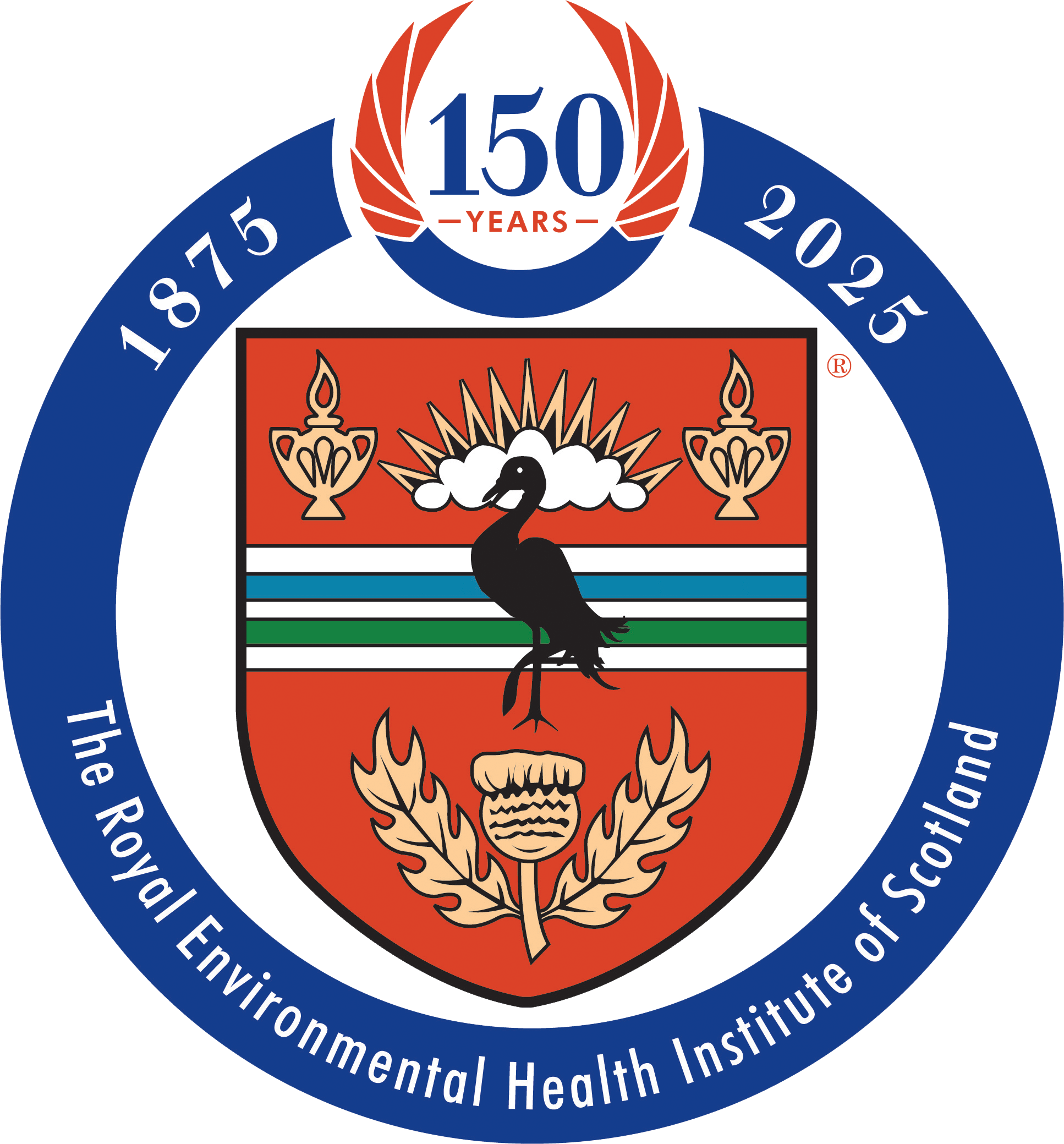Over 230 tonnes of illegally dumped rubbish and waste has been removed from a fly-tipping black-spot at Friarton, Perth.
The site on the banks of the River Tay has been cleared thanks to a joint effort by Perth and Kinross Council, Scottish Water, SEPA and Tay Salmon Fisheries.
Heavy machinery took three days to clear the fly-tipped waste from the land at Lower Friarton. The rubbish was taken to local waste sites for metal and plastic to be recycled.
The land is privately owned and has attracted illegal fly-tippers for many years. Although it is not the Council’s responsibility to clear fly-tipped waste from private land, the problem was getting out-of-control so a decision was taken to act for the good of the local environment.
The cleared area will now be further tidied up by the Council’s Unpaid Work Team, before fences and walls are erected either side of the road to discourage future fly-tipping. Mobile cameras have also been installed to catch any perpetrators in the act.
Council Leader, Councillor Grant Laing, said: “This area has been an eyesore for some time, and so I am very glad that this partnership effort has got the site cleared. Rubbish and waste was being dumped right at the edge of the river and so it was posing an environmental risk.
“We estimate that some of the illegally dumped waste had been there for around 15 years, and the fact we took away over 200 tonnes showed the scale of the problem.
“We hope the additional work we will carry out down at the site will prevent the problem reoccurring. Mobile cameras have been installed that will catch anyone who dumps illegally, so anyone planning to fly-tip at the site should think again.
“People who illegally dump rubbish in Perth and Kinross should know that we will investigate them, gather evidence and prosecute them whenever possible. Fly-tippers can end up with a £500 fine and in serious cases they will end up in court with a criminal record.
“There is absolutely no excuse for fly-tipping. Perth & Kinross provides several ways to get rid of bulky waste, including at our recycling centres and through special waste uplifts.”
Alex Macaskill, SEPA Unit Manager Falkirk, Alloa, Stirling and Perth, said: “Illegal operators often hide what they plan to do with waste they collect, which can lead to fly-tipping like we’ve seen at Friarton. This partnership approach helped tackle the issue here, but the first line of defence is stopping criminals getting their hands on waste in the first place.
“Services that sound too good to be true often are – and could lead to your waste being illegally fly-tipped. If you’re planning a clear-out, you can help tackle waste crime by refusing to engage the services of people that are not authorised. Don’t entrust your waste to someone if they are unable to tell you basic information like their SEPA waste carrier registration number and the named site they are taking the waste to.
“Remember, if they dispose of it illegally and we can trace the waste back to you – you can be held to account and prosecuted or fined as well. A legitimate operator should be able to tell you their SEPA waste carrier licence number and the exact location your waste will be taken to. If they won’t provide those two pieces of information don’t give them your waste.”
A spokesperson for Scottish Water added: “Illegal and irresponsible fly-tipping at this site has been a concern for a number of years, not least for our colleagues travelling to and from Perth Waste Water Treatment Works as they too often had to navigate dumped items and broken glass spilling onto the road.
“This is a good example of what can be achieved through collaborating with our partners, transforming the site into a cleaner, safer space for wider community and environmental benefit. We hope it encourages people to take pride in Perth and use the correct facilities to dispose safely of waste.”





